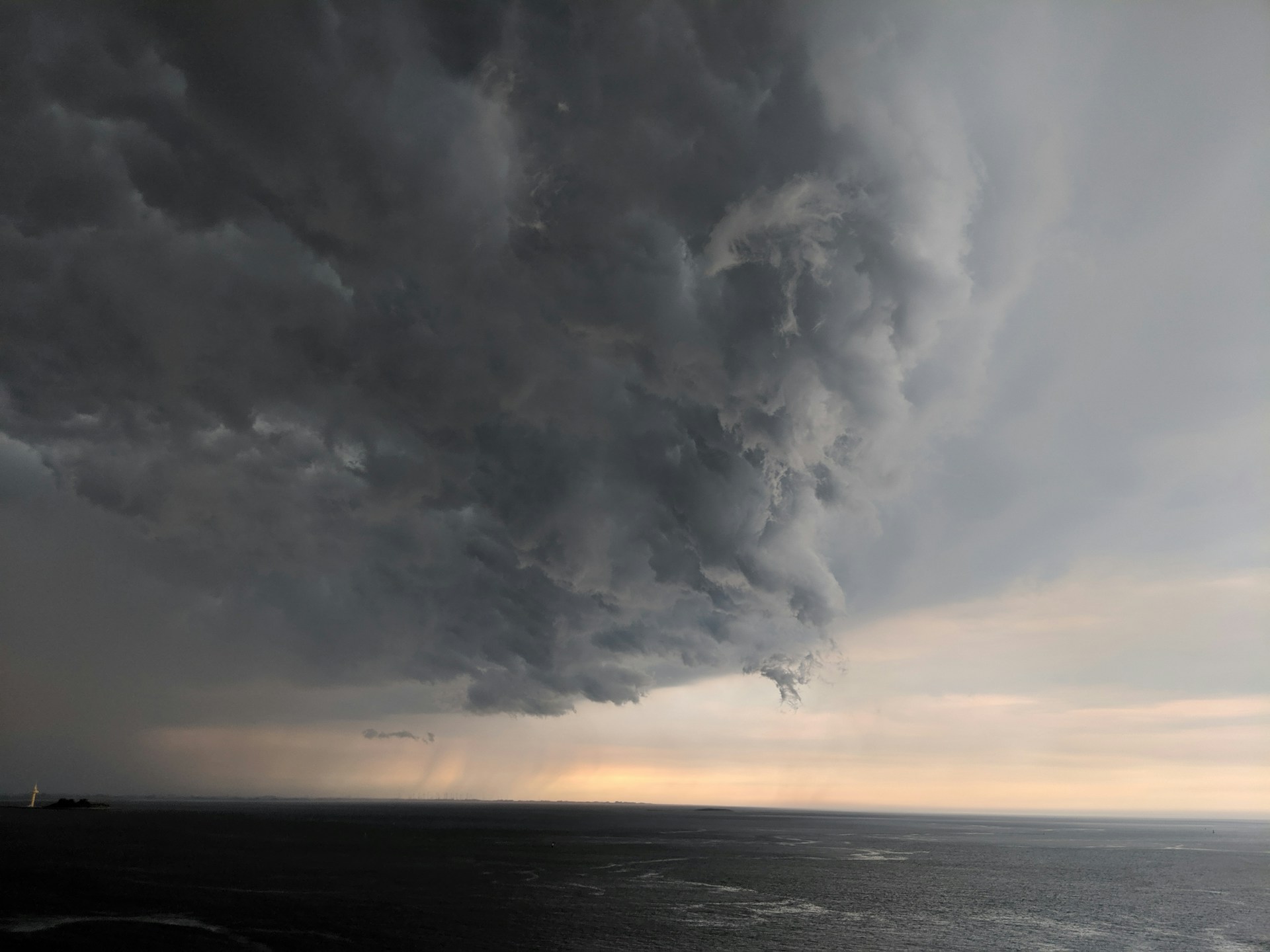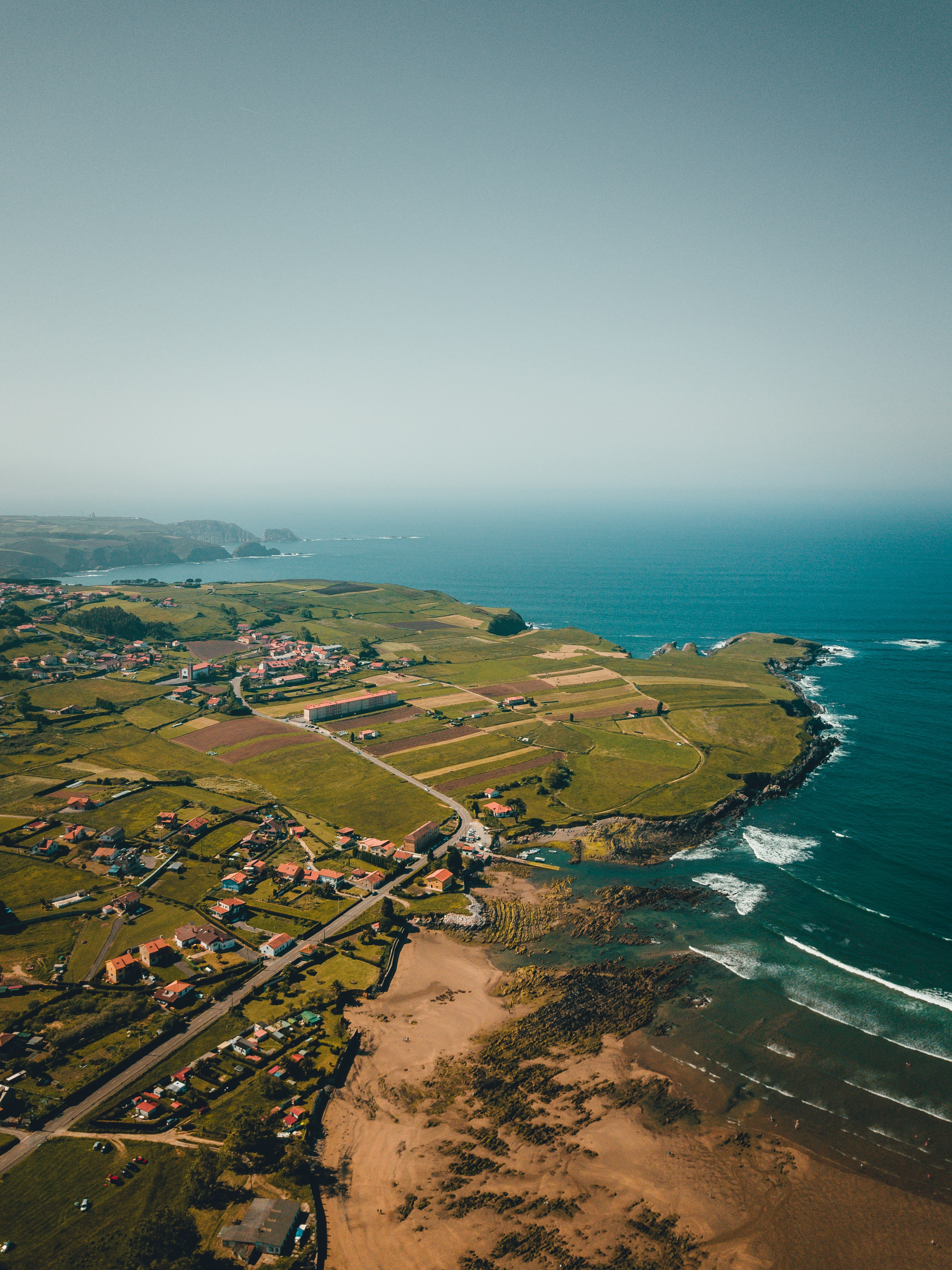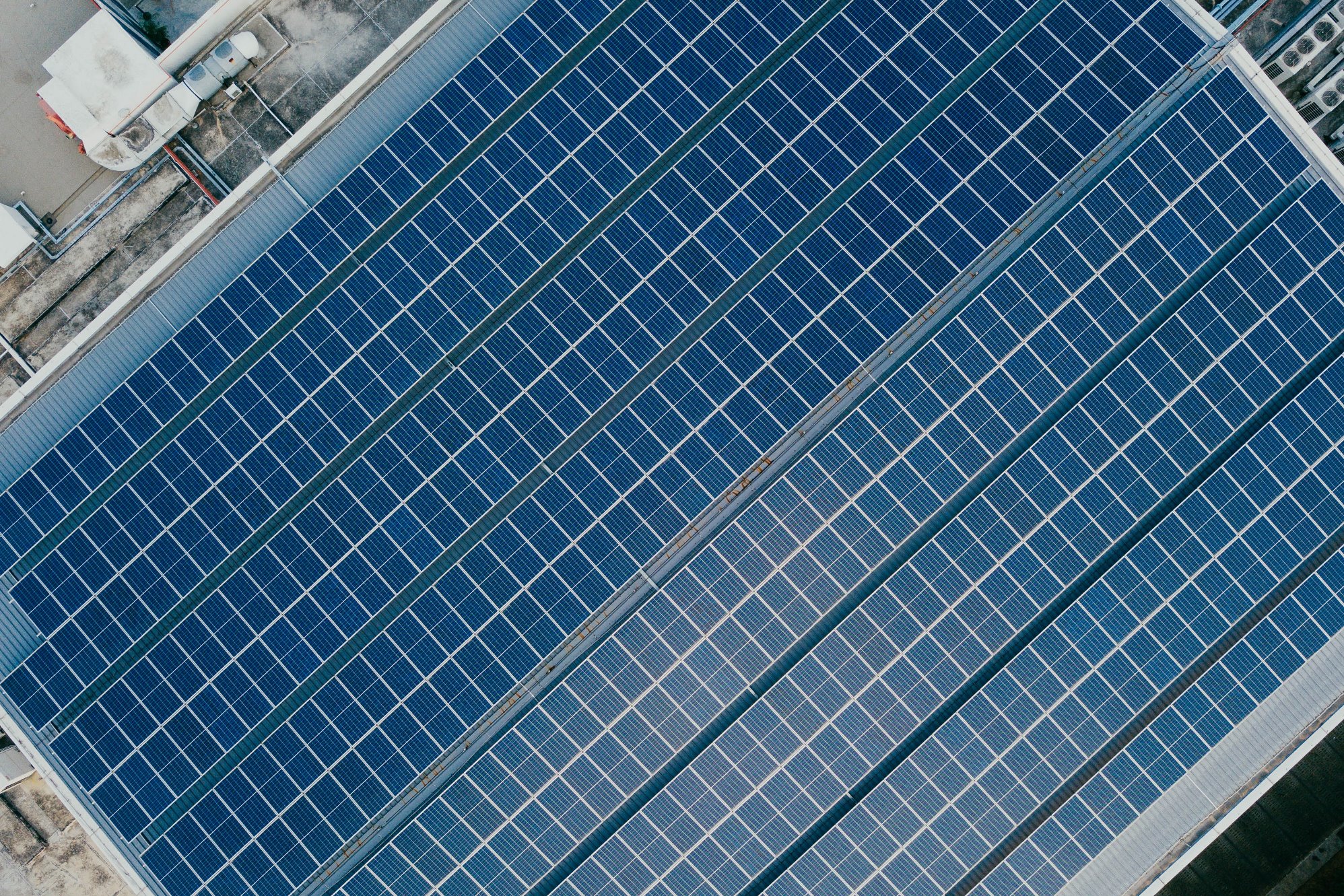The core aim of achieving climate neutrality in the European Union by 2050 lies at the center of the European Green Deal and has been established as a legally binding target with the European Climate Law.
The path to this goal is outlined by the intermediate target of reducing net greenhouse gas emissions by at least 55% by 2030, compared to 1990 levels. However, the Climate Law also requires the proposal of a 2040 climate target within six months of the first Global Stocktake of the Paris Agreement, which occurred in December 2023. In this context, on February 6, 2024 the European Commission, based on a detailed impact assessment, recommended a 90% net greenhouse gas emissions reduction by 2040 compared to 1990 levels, initiating a discussion with all stakeholders. A legislative proposal for the 2040 climate target will be made by the next Commission, after the European elections, and will be agreed upon with the European Parliament and Member States.
“The European Commission’s proposal is ambitious but realistic” comments on the EC recommendation Linda Kalcher, Executive Director of Strategic Perspectives, a pan-European think tank created to promote effective climate action in the EU. “It makes a strong economic case for reducing the EU’s fossil fuel dependence in the wake of COP28 in Dubai. We highly appreciate the emphasis placed on the benefits for energy security and industrial competitiveness. The Commission is right in highlighting that a proper industrial strategy and substantially higher investments are needed to keep pace with the US and China in the global competition on green technology leadership.”
It’s out! The European Commission proposes a net 90% #climate goal for 2040!
This can be the blueprint for a new EU industrial strategy and a new prosperity agenda for the EU. It strengthens energy security and helps compete against US and China.
More 🧵https://t.co/SzFd7fLQcj— Linda Kalcher (@LindaCulture) February 6, 2024
Is this target feasible and sufficiently ambitious?
The 90% is certainly feasible. Nobody said it would be easy though. It requires a series of transformations across sectors but many of them have started already. Current trends on renewable energy deployment, electric vehicles and heat pump uptake are providing confidence that the pathway is achievable if green technologies become more affordable.
In other sectors, much more needs to be done – also to become more resilient to impacts related to climate change.
Let’s take agriculture for example. Farmers come under a lot of pressure to secure a good income. If you look at the drought levels in the South of Spain and Italy already in January, it becomes clear that the threat from climate impacts will be a big driver to make farming practices more resilient. Many measures can actually help reduce greenhouse gas emissions as well, so are worth supporting – especially for small farmers.
Do you think there are any weak elements in the recommendation?
We think the Commission could have been more ambitious in two areas:
First, our own analysis shows that more is possible, especially in the energy sector. Cutting fossil fuel use by 80% is an important first step to strengthen energy security: the EU can phase out coal by 2030 and gas by 2040, with the power sector being fossil-free in 2037. This is vital for energy prices, especially when one looks at the high and volatile gas prices, and energy security. Setting clear end dates for coal, oil and gas is essential for a just transition in the energy sector and can make the EU a pioneer on an orderly fossil fuel phase out and independent from global geopolitics.
Second, we are quite concerned about the high levels of abatement technologies of around 280 million tonnes as many of them are still at infancy stage. A certain amount of carbon capture and storage will be used in the hard-to-abate sectors, our own analysis put it at about 50-60 million tonnes. Carbon can also be captured and used to produce e-fuels. Our modeling assumes half of the amount in comparison to the Commission (130 million tonnes in total) and carbon capture and storage makes no economic sense in the power sector. The future mix will be largely renewable energy with a stable role for nuclear energy.
The high amount of carbon capture technologyremains a concern. #CCS can play a role in the energy intensive sector, e-fuels can be key for aviation and shipping but many other technologies are still at an infancy stage and too expensive.
Our own scenario has around 130Mt by 2040. pic.twitter.com/CyLF8BS0Tl— Linda Kalcher (@LindaCulture) February 6, 2024
What potential transformations and advancements could we envision for Europe in 2040 if it successfully achieves a 90% reduction in emissions?
Oh, where to start? Ideally, we will see a continent where the power and transport sectors are “cleaner” as they pollute air and water less. Renewable energy will be visible everywhere but bring electricity prices down for consumers and businesses, maybe some local communities even own their own wind park as is already the case across the EU.
The EU will be less dependent on other countries for imports of fossil fuels or green technologies, this money is invested in European jobs and manufacturing instead – and we’re talking about billions of Euros here. Better rail infrastructure and connections will make trains a more comfortable (and hopefully cheaper) alternative to a lot of flights. Sounds romantic? I like to be optimistic.
The responsibility for presenting the legal proposal regarding the 2040 climate target will fall to the subsequent Commission after the European elections. This will occur following debates and dialogue in the forthcoming months.
If we’re serious about the benefits in terms of energy security, industrial competitiveness and job creation, then this is for leaders to decide on. We think the Strategic Agenda that gets adopted in June and sets the priorities for 2024-2029 is the right setting for agreeing on the 2040 target. The transformation and investments required are a top-priority for the next few years.
What is the role of the Member States in reaching the proposed target, and where we stand?
The implementation of the pathways obviously happens at the national and even regional or local level. The package of 2030 climate laws provides a lot of guidance. Given they’ve just been adopted, we will see countries shifting gears on implementation in the next years. With the right level of investments into the transition and support for citizens, this is a project that societies can embark on together.
Are the measures designed to avoid negative impacts of the planned actions and promote a just transition appropriate?
The communication of the Commission sets trajectories, the real policy design needs to happen in the 2024-2029 term. Making green technologies and clean solutions more affordable, especially for low- and middle-income households is key but can best be achieved at the national level. Many good examples exist across the EU, i.e. in Ireland and the Czech Republic in renovating buildings, in France on social leasing of electric vehicles or in Austria and Luxembourg on cheaper public transport.
 Linda Kalcher is Executive Director of Strategic Perspectives and a member of the Advisory Councils of the German Climate Neutrality Foundation and the Italian climate change think tank ECCO. Previously, Linda worked as Director for EU institutions, Green Deal diplomacy and special advisor to the CEO Laurence Tubiana at the European Climate Foundation. Linda led the organisational strategies on establishing the EU Green Deal, on increasing the EU’s 2030 climate target, on greening the EU’s economic recovery from the pandemic and on the EU’s Green Deal diplomacy. In 2021, she supported the Climate Action Team of UN Secretary General António Guterres in a part-time role as Senior Advisor in his Executive Office. In her first years in Brussels, Linda worked as political advisor to the Chair of the Environment Committee, Social Democrat MEP Jo Leinen. In the European Parliament, Linda sharpened her ability to engage with a wide range of individuals and organisations in order to influence political decisions.
Linda Kalcher is Executive Director of Strategic Perspectives and a member of the Advisory Councils of the German Climate Neutrality Foundation and the Italian climate change think tank ECCO. Previously, Linda worked as Director for EU institutions, Green Deal diplomacy and special advisor to the CEO Laurence Tubiana at the European Climate Foundation. Linda led the organisational strategies on establishing the EU Green Deal, on increasing the EU’s 2030 climate target, on greening the EU’s economic recovery from the pandemic and on the EU’s Green Deal diplomacy. In 2021, she supported the Climate Action Team of UN Secretary General António Guterres in a part-time role as Senior Advisor in his Executive Office. In her first years in Brussels, Linda worked as political advisor to the Chair of the Environment Committee, Social Democrat MEP Jo Leinen. In the European Parliament, Linda sharpened her ability to engage with a wide range of individuals and organisations in order to influence political decisions.






